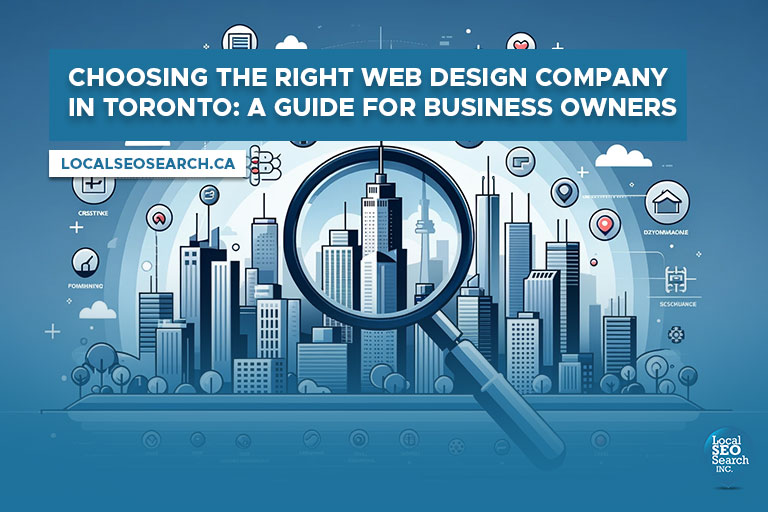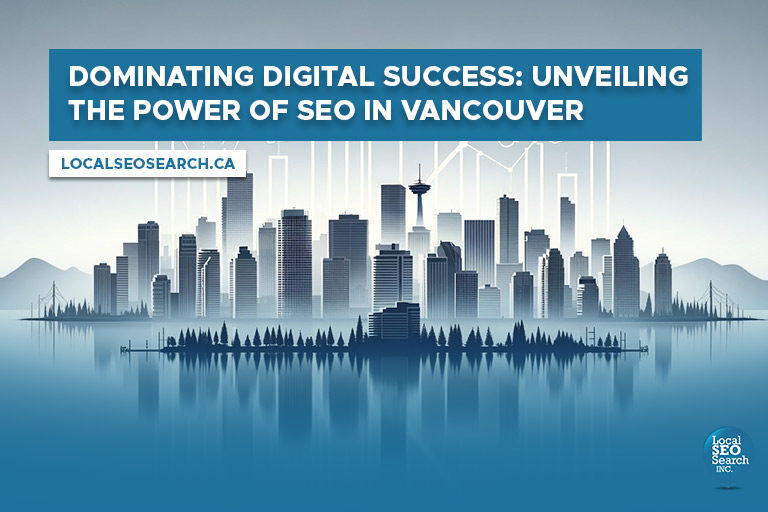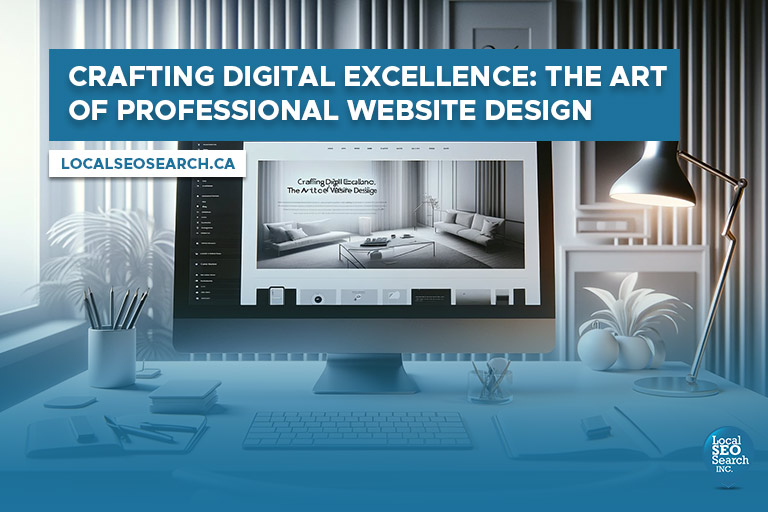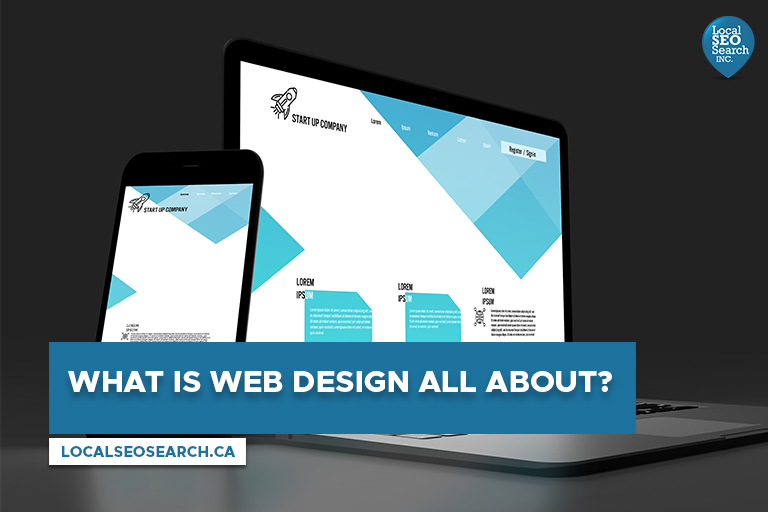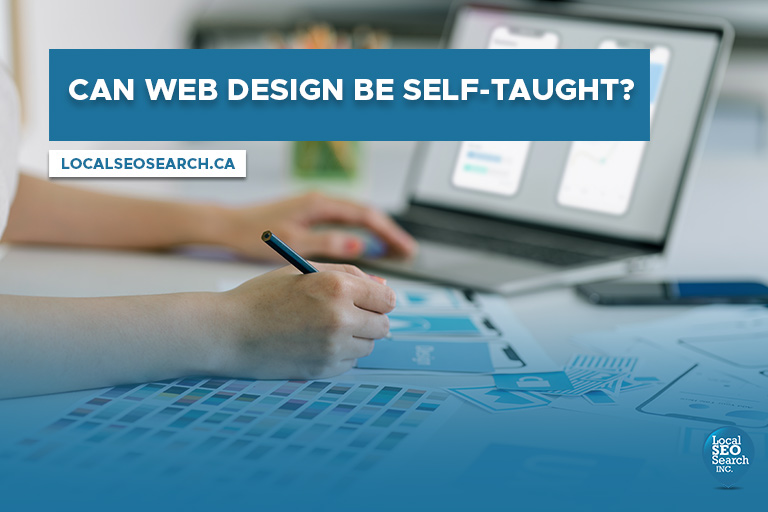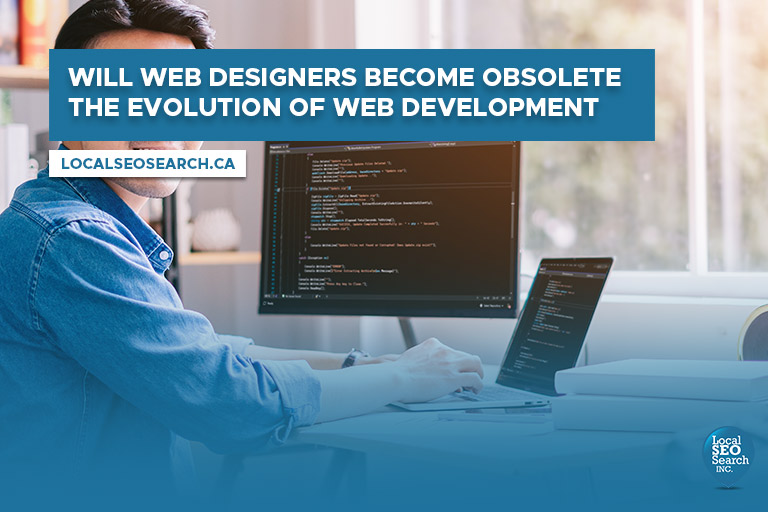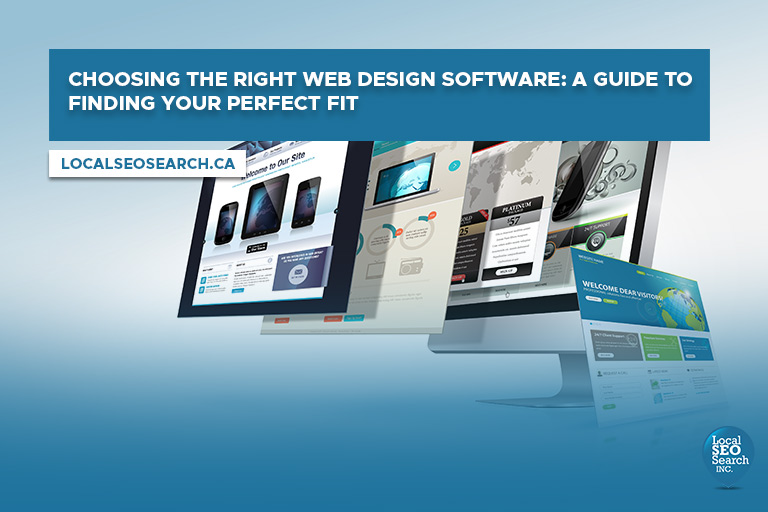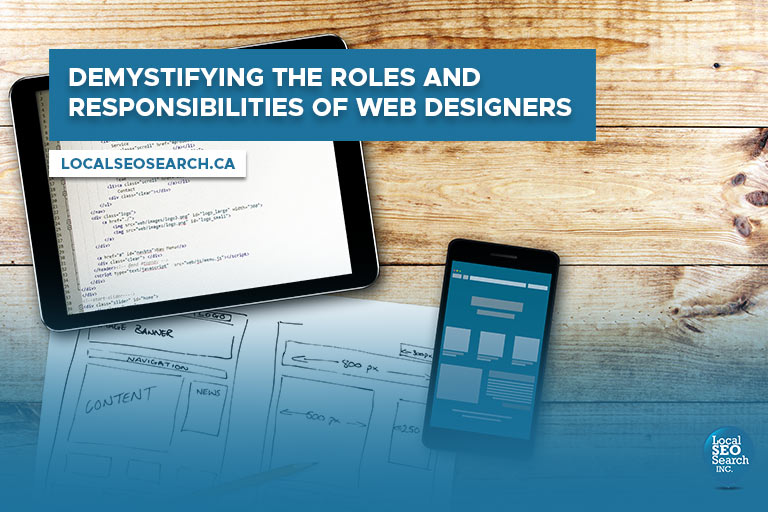Your website is the cornerstone of your brand’s digital identity and where you convert interested visitors into loyal customers. In this fast-paced digital world, there’s no room for errors that could turn potential clients away.
Gone are the days of 2002, when web design was a simpler affair focusing primarily on user experience and less on aesthetics. Back then, webmasters were often satisfied with having their content online, making changes on a whim without much thought. Web design has evolved dramatically, intertwining aesthetics, user experience, and technical complexities. In exploring the various aspects of web design, this article answers the question, “Is web design easy?”
Fundamental Elements in Web Design
Central to every web design project are several key elements that form the foundation of a successful website. These include:
Layout
The layout is how content is displayed on a website. Designers need to create layouts that are simple, intuitive, and accessible. Utilizing white spaces and grid-based designs helps in organizing elements.
With many users accessing sites on mobile devices, it’s essential to have mobile-friendly designs. Responsive templates that adapt to different screen sizes ensure a consistent and trustworthy user experience across all devices.
Visual Hierarchy
Visual hierarchy refers to how users perceive and process information they see on a website. Designers craft this through the strategic use of visual patterns, guiding the visitor’s eyes and influencing their interactions. Common patterns like F-patterns or Z-patterns focus attention on the top horizontal area of the site, often home to critical elements such as navigation, the brand’s logo, and possibly a search box. These components are crucial for encouraging user engagement and enhancing brand recognition.
Colour Scheme
The colour scheme is a carefully selected combination of colours that aligns with the brand and its industry. Designers choose a dominant colour and complement it with additional hues to create a cohesive palette. This palette can be monochromatic (varying shades of the same colour), analogous (colours near each other on the colour wheel), or complementary.
Typography
Typography involves the style and font of written content on a website. Web designers select fonts that are both appealing and easy to read. The decision between serif and sans-serif fonts depends on factors like the industry, the website’s purpose, and the preferences of the typical user.
Navigation
Website navigation helps users move around a site. It includes elements in the header, body, or footer. Effective navigation quickly guides visitors to the desired information. Designers can use buttons, one-click arrows, or other options to facilitate easy movement.
Content
Content includes all information your website offers to visitors. It’s vital because users seek quick and clear information. A website that communicates effectively and holds the reader’s interest is more likely to turn visitors into customers. To ensure consistency across the site, designers make sure that appropriate tone and relevant information are provided on key pages such as ‘About’ and ‘Contact Us.’
What Makes Web Design Complicated?

While web design has become more accessible, with various tools allowing anyone to create a website, the question of doing it ‘right’ remains complex. Simply dragging and dropping elements or typing in content doesn’t guarantee effectiveness. Determining the ‘right’ way to design a website and addressing the broader question of whether web design is easy is challenging due to several factors:
Diversity in Users and Access Methods
Today’s Internet users are incredibly diverse, spanning various ages, backgrounds, and cultures. Unlike the 1990s, when Internet users formed a small, more homogenous group, now billions expect websites to cater to their unique needs. This diversity means there’s no single standard that suits all users. Responsive web design has made strides by enabling sites to adapt to different devices, but it still falls short of providing a personalized experience for each visitor.
Rapidly Changing Trends
The Internet has billions of users constantly engaging with new content. This, coupled with a 24-hour news cycle and diminishing attention spans, has accelerated societal changes to unprecedented speeds. Trends in web design are no exception, evolving rapidly and often disappearing just as quickly. For web designers aiming to stay ahead, it’s insufficient to be up-to-date with last year’s trends. It’s crucial to continuously monitor competitors, understand audience preferences, and acquire new skills and insights.
Online Competition
The online world is a battleground of visibility, with billions of websites vying for attention. Many of these sites frequently undergo significant design updates to stay relevant. If you aim to succeed in this competitive arena, you’ll be in direct rivalry with countless others. This intense competition fuels web designers to innovate and continually identify the next big trend. While this benefits consumers by constantly elevating user experience designs, it challenges web design professionals to keep pace with the ever-rising standards.
Navigating Complex Web Design Dynamics
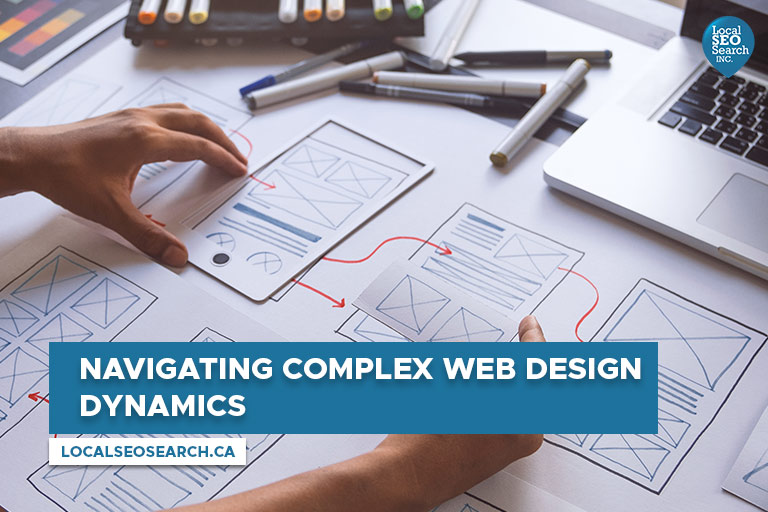
The intricacies of web design have escalated significantly from its more straightforward origins decades ago. If you grapple with these challenges or question your current design strategies, you might be contemplating a solution. Many brands choose to alleviate these pressures by hiring a web design agency.
Don’t let web design hold your business back. Contact a pro to create an engaging website. Let our web designers from Local SEO Search handle the complexity so you can focus on what you do best: running your business. You can call us at (416) 888 8756 or email us at info@localseosearch.ca.




